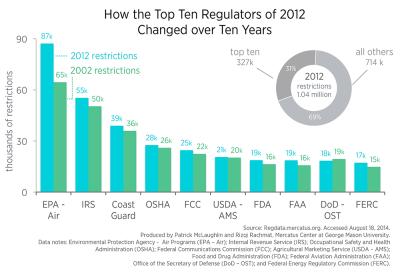

Includes bonds, loans, and revolving credit facilities that are rated by S&P Global Ratings from financial and nonfinancial issuers. Corporate Debt Amounts By Rating Category

In contrast, 59% of total nonfinancial debt is in those categories (see Table 1). Of financial services debt, 84% is in the 'A' ($947.7 billion) and 'BBB' ($860.4 billion) categories combined. (23%) than it does globally (36%).įinancial services debt is more highly concentrated in the investment grade than nonfinancial corporate debt. Financial services debt accounts for a smaller share of rated debt in the U.S. corporate debt, while financial services companies account for nearly $2.2 trillion. Most of this debt is from nonfinancial companies, which account for $7.1 trillion of rated U.S. corporate debt is speculative grade (see Chart 2). corporate issuers are speculative grade, but by debt amount, just 28% of U.S. While the majority of corporate issuer credit ratings are speculative grade, these issuers tend to be smaller-with less debt, on average-than the investment-grade rated companies. These investment-grade issuers include many of the U.S.'s largest and most creditworthy companies, which have high capacities to meet their financial obligations. Investment-grade companies account for just 43% of the total number of U.S. are investment grade, even as the number of investment-grade companies has dwindled relative to the number of speculative-grade ones. The majority (72%) of rated corporate debt in the U.S. Corporate Debt Reveals Prominence Of The Nonfinancial Sector Chart 2 compares rated debt by dollar amount of outstanding debt instruments with the number of rated issuers, and the appendix includes the distribution of global corporate ratings by issuer count over time. We show the rating distribution by the dollar amount of currently outstanding debt, whereas we typically report on the distribution by issuer count in many of our other reports.

corporate credit market in 2019 by estimating the dollar-equivalent volume of currently rated debt and segmenting by rating, sector, instrument type, and other variables. speculative-grade corporate debt has expanded at a 2.8% compound annual rate.įor this report, we looked at the state of play of the U.S. expanded by 4% during the year to $2.6 trillion as of Jan. corporate speculative-grade debt in the U.S. Meanwhile, robust leveraged loan issuance offset a slowdown in speculative-grade bond issuance. investment-grade debt increased by about 3% to $6.7 trillion as of Jan. investment-grade corporate debt market has been expanding at a compound annual rate of 6.7%, as low interest rates have supported robust investor demand for corporate bonds. corporate debt grew by 3% during the year, and this increase was in line with global credit growth. However, even with these headwinds, the level of U.S. Tightening financing conditions contributed to a 24% decline in U.S. companies account for 48% of global corporate debt. 17 2019 - Outstanding debt instruments from U.S.


 0 kommentar(er)
0 kommentar(er)
